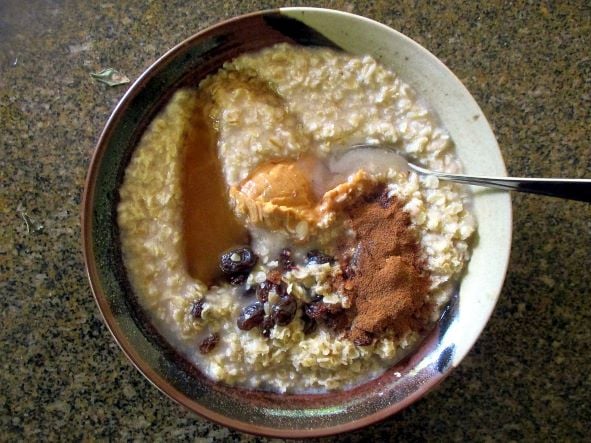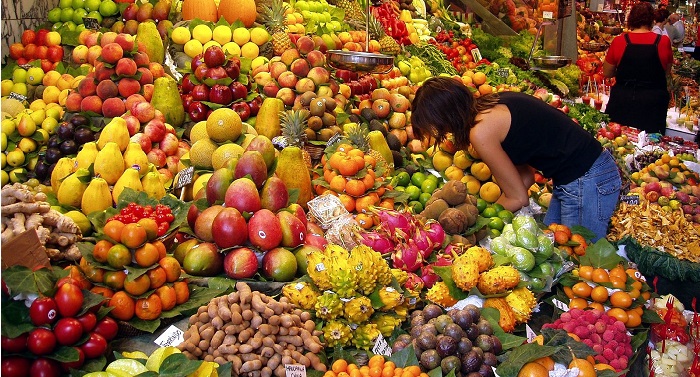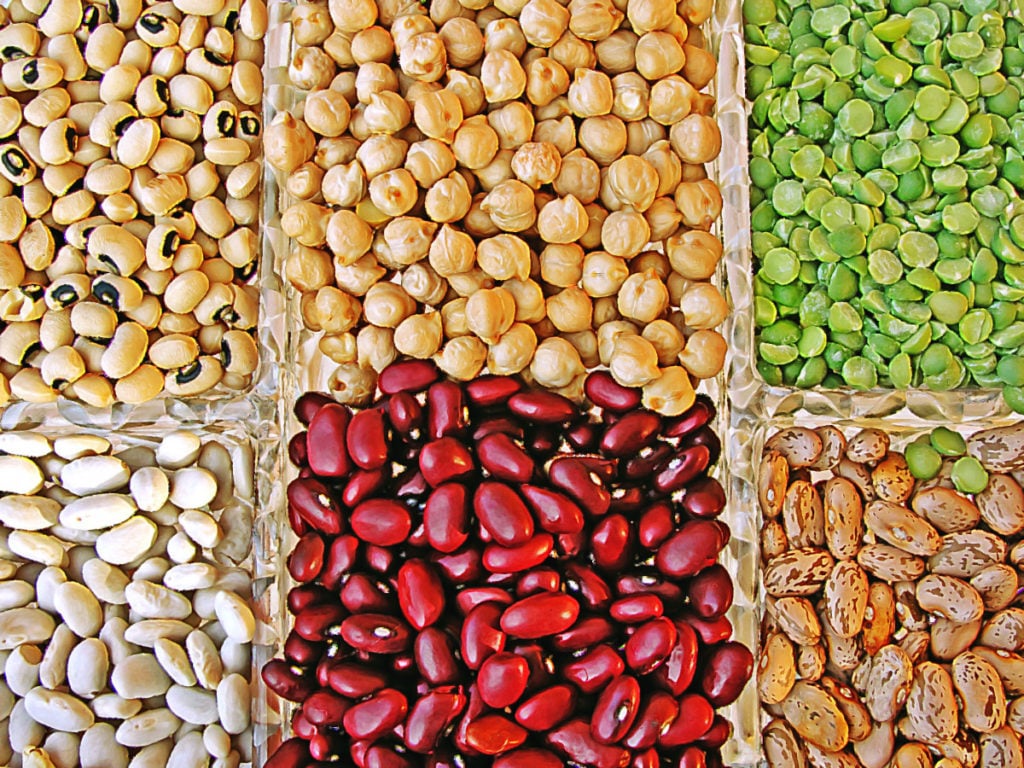
Improve your diet and also help save the planet by changing the food that you eat. The task of combatting climate change often feels daunting. One way you can help build a sustainable future while also transforming your own daily life, however, is by changing the way you eat.
“Good eating starts at home, and one of the most important things we can do for the future of the planet is to minimize food miles—so our staples should be foods that can grow perfectly well (locally)” Patrick Holden, chief executive of the Sustainable Food Trust, told The Guardian.
Holden also advises that you have all the information behind the food that you consume, whether it’s plant or animal-based: “If you know who produced your food, they are accountable to you, and more likely to care.”
Here are some foods that will not only improve your diet but will also help save the planet.
Sustainable Foods Help Save Planet
Oats

When oats are “grown without artificial chemicals, in a way that is friendly to the ecosystem,” eating them is good for both you and the environment, Tim Lang, professor of food policy at City, University of London, stated in speaking to The Guardian. “They can be grown at high altitudes and are a good ‘break crop’”—a crop that can be had in between harvest and helps to rejuvenate the soil.
Seaweed

Seaweed is famous for packing a huge nutritional punch while also greatly benefiting the planet. Seaweed absorbs carbon dioxide and also decreased the acidification of the ocean, which helps marine ecosystems to thrive. Seaweed “relies on nitrogen and phosphate to grow, so there is potential to grow seaweed in areas where there is agricultural runoff…[to] convert those pollutants into nutrients,” Professor Michele Stanley, associate director for science, enterprise, and innovation at the Scottish Association for Marine Science told The Guardian.
Local Fruit and Vegetables

Fresh, locally-grown produce should be a staple of every health and environmentally conscious person. Aim for the most direct relationship to the produce possible because the transportation of fruits and vegetables consumes a great deal of energy. The best scenario would be growing your own produce, of course, but if this isn’t a possibility, try visiting your local farmers’ market.
Mussels

Mussels and other bivalves are packed with nutrients, but they also sequester carbon out of the water, helping to cleanse the ocean. Oysters, mussels, scallops, and clams all convert their waste into carbon storage and boost sustainability. Mussel fisher Kenny Pottinger told The Guardian how the sea creatures relate to their environment: “They attach themselves to the ropes. You don’t have to feed them. You come back in two and a half years and then harvest them. Nature sustains itself.”
Pulses

Pulses, the seeds of plants that are used as dry grains in food products, are filled to the brim with nutrients, Josiah Meldrum, who is a pulse farmer, explained to The Guardian. “So if we move to the kind of farming system where we are using livestock in a crop rotation,” said Meldrum, “they can supplement the protein from meat, where there is a limit to the amount we can and should be producing.”
Pulses are also capable of self-fertilizing the soil via root nodules that have bacteria which turn atmospheric nitrogen into ammonia. “This means that even if they aren’t grown organically, legumes don’t need any artificial fertilizer, which degrades the soil,” says Meldrum.
See all the latest news from Greece and the world at Greekreporter.com. Contact our newsroom to report an update or send your story, photos and videos. Follow GR on Google News and subscribe here to our daily email!



